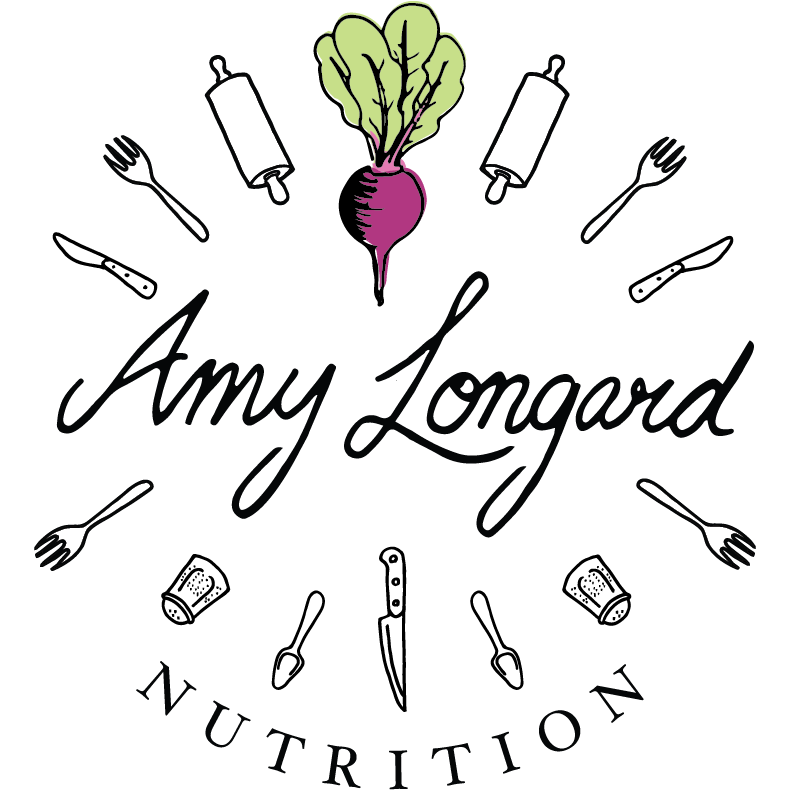Seaweed: A Sustainable Superfood + Miso Mugs
Following my interview on CBC Radio I wanted to share more information about seaweed and its benefits. In case you haven’t noticed, seaweed has become more and more popular these days. It has been featured in prominent and well respected blogs, magazines, and media outlets as a top food trend, and chefs around the world are finding new and exciting ways to incorporate seaweed into their menus. It's also been touted for its many health benefits and is a rising star in the world of sustainable foods.
What exactly is seaweed?
Seaweed is an umbrella term for an entire group of macroalgae and microalgae that live in salt water, brackish water, or fresh water.
There are three main varieties of seaweed: Green algae, such sea lettuce. Brown algae which includes kombu/kelp, wakame, and arame. Red algae includes well-known varieties such as nori, dulse, and hana tusnomata just to name a few.
Cultivation
Depending on the variety of seaweed, it may be harvested wild or using various cultivation systems (seaweed farming). Cultivation can occur onshore using large tanks, inshore (close to land), or offshore (in deeper waters). In some cases it may be handpicked, collected using nets, or harvested mechanically.
When it's harvested seaweed is processed immediately to avoid spoilage. Generally seaweed is rinsed with clean salt water (fresh water is damaging to seaweed) and dried in the sun or using drying equipment or facilities. Once dried, seaweed is vacuum sealed to prolong freshness and quality.
Cultivating sea vegetables in the ocean may offer the environment benefits through reducing ocean acidification and purifying the water around them. Cultivation is also sustainable as it reduces the risk of over-harvesting wild species, and it is a food source that does not require feed, fertilizer, or land to grow.
Nutrient Profile
Seaweed is an extremely nutritious food. It's rich in vitamins and minerals that are easily absorbed by the body. It also contains antioxidants, is anti-inflammatory and contains essential fatty acids and essential amino acids.
Macronutrients:
Depending on the variety, seaweed can contain anywhere from 5 to 45 % protein. It also contains a significant amount of dietary fibre (anywhere from 30 to 60 % when dry) and omega 3 and omega 6 fatty acids.
Micronutrients:
Seaweed contains vitamins including A, B1, B3, B6, C, and E. It also contains minerals and trace elements including calcium, phosphorous, magnesium, sodium, potassium, iron, zinc, copper, manganese, selenium, molybdenum, chromium, fluoride, and iodine.
Health Benefits
Potential health benefits of seaweed: maintaining healthy cholesterol levels; may reduce risk of cardiovascular disease; weight management; supporting thyroid function; may be protective against some forms of cancer; and more!
How much should you eat to maximize the health benefits? Since seaweed is extremely nutrient dense, you only need to consume small quantities to reap the benefits. For the average adult the recommended daily intake is 0.2 to 0.35 oz or 5 to 10 g of dried seaweed. If you plan on using seaweed therapeutically, please consult with a medical professional.
Choosing & Sourcing Seaweed
Although it may be tempting, do not harvest wild seaweed yourself. Proper harvesting techniques are essential in maintaining the health of the plant and its surrounding environment.
You can purchase seaweed in most natural food stores, Asian grocers, and sometimes even in well stocked grocery chains. If possible, choose sustainably sourced and traceable seaweed.
Culinary Uses
Seaweeds are know for their salty, briny and distinctive umami flavour. Depending on the variety, it can be enjoyed dried or fresh, roasted, cooked, stir-fried, marinated, used in teas, soup stocks or bouillons, dips and spreads, used as garnish or salt replacement, and as a thickening agent. It's highly uncommon to find fresh seaweed in North America. Depending on the type of seaweed you're cooking with you may need to rehydrate it by submerging it in water before use.
Although the options are endless, here are a few ways you can incorporate seaweed into your diet: wakame in miso soup; kombu in dashi or when cooking beans or grains (to increase digestibility & add nutrients); nori for sushi or toasted to make a crispy snack; agar agar (a gelatinous substance derived from algae) to make jams and jellies; or dulse sprinkled in salads soups, stews or pan fried to create a plant-based alternative to bacon; etc.
Note: dried seaweed expands significantly when rehydrated, with an increase of 8 - 10 times in weight depending on the variety.
If you're looking to add more seaweed to your diet, I have a few recipes on my blog that may be of interest to you. Check out my Dulse Sunflower Seed & Walnut Pâté, Superfood Kale Salad, and Kaiso Seaweed Salad (featuring hana tsunomata). You can also scroll down for my quick and easy miso mug recipe. This is one of my favourite snacks and I hope you'll enjoy it too!
MISO MUG WITH DULSE
Makes 1 serving.
Ingredients:
1.5 cups of water
1 - 2 teaspoons miso paste, to taste
Mermaid Fare dulse
Optional add-ins: sliced green onions, grated carrot, sesame seeds, little cubes of tofu or shelled edamame, dried or fresh mushrooms, or tiny pieces of a delicate leafy green (like spinach or arugula)
Directions:
Bring water to a boil in a pot or a kettle. Transfer hot water, plus miso paste, to a mug or small bowl. Stir until the miso is dissolved. Then add in crumbled or small pieces of dulse and choose any of the add-ins listed above. Enjoy immediately! It makes a great mid-afternoon pick-me-up, or even a light meal with the addition of tofu.
In the photo, I've added dulse, green onions, tofu, and mushrooms, and served the soup with a side of pretzel bites from Ottawa's zero waste grocery store Nu Grocery.
References:
Ocean Greens: Explore the World of Edible Seaweed & Sea Vegetables, by Lisette Kreisher & Marcel Schuttelaar


